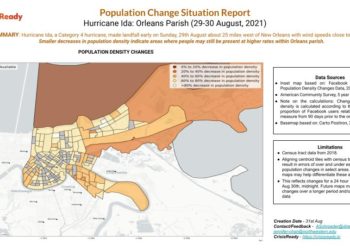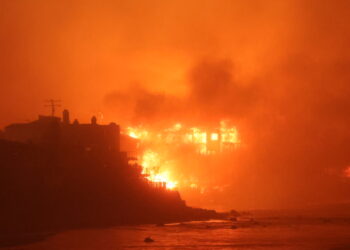On the evening of Friday, November 3, 2023, a 6.4 magnitude earthquake according to Nepal’s National Seismological Centre, hit the western part of Jajarkot, a municipality in northwestern Nepal.
The tremors were so powerful that they caused buildings to collapse locally and were felt as far away as New Delhi, India. The timing was reported to be at 11:47 p.m. local time, or 1802 GMT. However, there was some discrepancy in the magnitude reported by different agencies. The German Research Centre for Geosciences recorded the earthquake at a magnitude of 5.7, initially downgrading it from 6.2, while the U.S. Geological Survey recorded it at 5.6.
This earthquake is considered the most devastating in Nepal since the major quakes of 2015, which resulted in approximately 9,000 fatalities. Those earthquakes not only claimed thousands of lives but also caused the destruction of entire towns, including many ancient temples and historic sites, and left over a million houses in ruins. The economic impact of the 2015 disasters was profound, costing the country around $6 billion.
As of Sunday, November 5, the death toll from this latest quake has climbed significantly, with reports stating that at least 157 people have died, making it a tragic event for the region.
ReadyReports
All reports can be accessed via CrisisReady’s organization page on ReliefWeb.
Saturday, November 4, 2023
Northwestern Nepal
This report provides information changes in population densities in Nepal a day after the earthquakes struck the country. The data provides insights on potential patterns of population displacement in the aftermath of the disaster.
The percentage changes are based on a comparison between the current mobility data obtained from Meta’s Data for Good program and the baseline population figures that were recorded 90 days before the earthquakes struck Nepal
Key Observations:
Increases in Population Densities
- There was a substantial rise in the number of people per area in regions that experienced “strong” to “very strong” shaking. In these areas, the population density increased by as much as 40% over the usual number of people living there before the earthquakes.
Decreases in Population Densities
- Areas closest to the earthquake’s origin, specifically within the Seti Zone shake region, there was a notable decrease in population density, with reductions of more than 10% compared to the usual population numbers before the earthquake.
Network Coverage
- The regions impacted by the earthquakes have a relatively limited network coverage. This might influence the accuracy of the data on changes in population density since not all areas may be equally monitored or reported.

